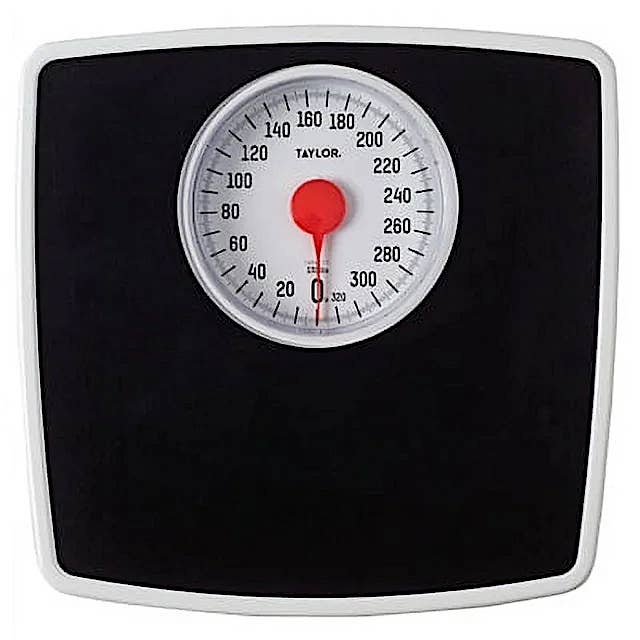Finnair Asks Passengers To Step Up In A Three-Month Weight Study
If your travel plans included a trip on Finland’s flag carrier Finnair, you just might get a complimentary weight check at the gate—not for your carry-on bag, for you. The…

If your travel plans included a trip on Finland’s flag carrier Finnair, you just might get a complimentary weight check at the gate—not for your carry-on bag, for you. The weight check is voluntary and a part of a three-month study meant to improve safety through better weight-and-balance calculations. The results of the scale-tipping will remain anonymous.
Though facing some public relations pushback for the program, Finnair defends its action, assuring travelers it will not store personal data and that individual passengers’ weights will be combined with the weight of their clothing and carry-on luggage for a single value, which will only be visible to one gate agent. "We use the weighing data for the average calculations required for the safe operation of flights,” according to Satu Munnukka, the head of ground processes for Finnair.
In a Huffington Post story, a Finnair spokesperson said the purpose of the three-month experiment is to check the accuracy of the European Union Aviation Safety Agency’s (EASA) standard weight estimates of 187 pounds for a man and 147 pounds for a woman, weights which vary by nationality and ticket class. The spokesperson told HuffPost, “We want to see if the data we’re using for calculations is accurate. We use them for every flight, and they’re important for the aircraft’s performance. When you explain this to [passengers], they understand.”






